Nestled in the heart of the Himalayas, the Everest Panorama Trek offers an unparalleled opportunity to witness the breathtaking beauty of the world’s highest mountain range. Trekkers can look forward to a captivating journey through Sherpa villages, ancient monasteries, and the stunning landscapes of Sagarmatha National Park, all while reaching an impressive elevation of 3,962 meters. With a scenic flight, professional guides, and a chance to immerse in the rich Sherpa culture, this trek provides a less strenuous alternative to the renowned Everest Base Camp trek. Whether you’re seeking a thrilling adventure or a chance to connect with nature, the Everest Panorama Trek might just be the perfect addition to your Nepal itinerary.
Key Points
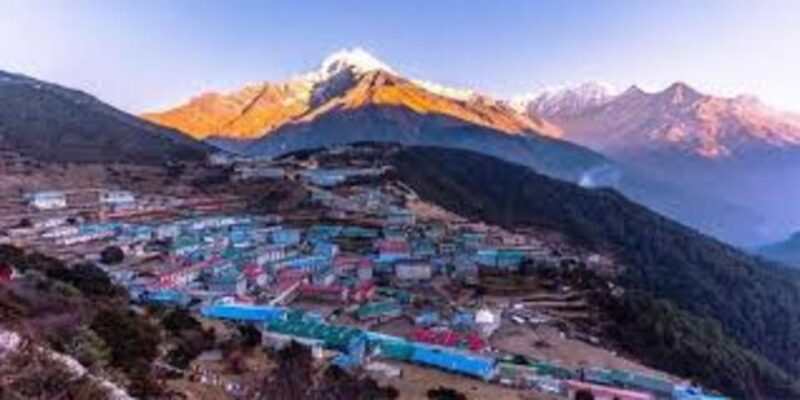
- The Everest Panorama Trek offers stunning views of Mount Everest and surrounding peaks, making it an excellent alternative to the challenging Everest Base Camp trek.
- The trek duration is 7 days, reaching an elevation of 3,962 meters, and is suitable for those seeking a less strenuous yet rewarding experience in the Everest region.
- The trek includes a scenic flight from Kathmandu to Lukla, known as one of the world’s most challenging airports, and opportunities to observe Sherpa culture and visit ancient monasteries.
- The package costs from $1,950.00 per person, including 4 nights’ accommodation, meals, ground transportation, and necessary permits and taxes.
- The trek traverses diverse landscapes, including lush forests, high-altitude valleys, and glaciers, and offers panoramic views of Himalayan peaks, including Mount Everest.
Trek Overview and Highlights
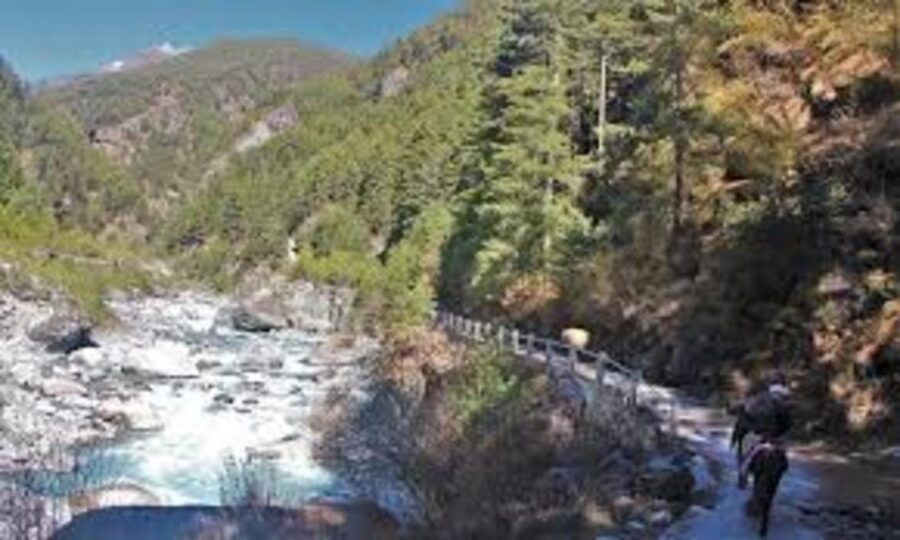
The Everest Panorama Trek is a moderate trek in the Everest region that offers stunning panoramic views of Mount Everest and other towering peaks.
It’s an alternative to the challenging Everest Base Camp trek, allowing trekkers to explore Sherpa villages, monasteries, and diverse landscapes ranging from forests to valleys and glaciers.
The 7-day trek reaches an elevation of 3,962 meters.
It’s limited to groups of 15 participants or fewer, with English and Hindi-speaking tour guides available.
The trek is ideal for those seeking a less strenuous yet rewarding Everest region experience.
Ready to hit more trails? More hiking adventures we feature in Namche Bazar
Itinerary and Experience
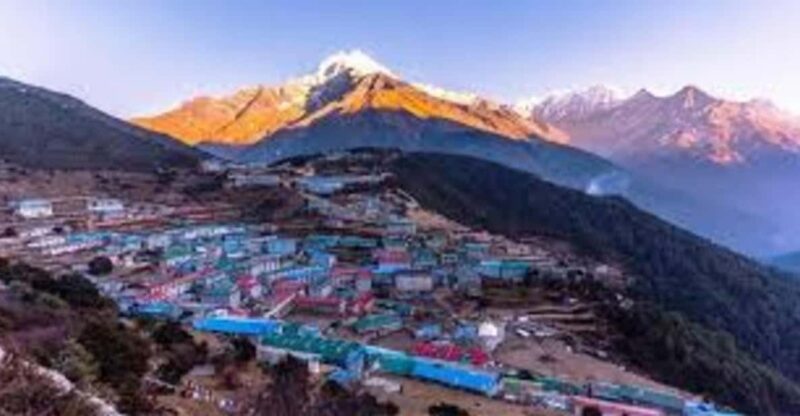
Travelers embark on the Everest Panorama Trek with a scenic flight from Kathmandu to Lukla, one of the world’s most challenging airports.
From there, they trek to Phakding on the first day. The next day, they ascend to Namche Bazaar, the bustling Sherpa capital.
On day four, they hike to the Hotel Everest View in Sagarmatha National Park, offering stunning vistas of the world’s highest peak.
The trek then descends back to Lukla, where travelers catch their return flight to Kathmandu.
Throughout the journey, they’ve the opportunity to observe Sherpa culture and visit ancient monasteries.
Package Inclusions and Costs
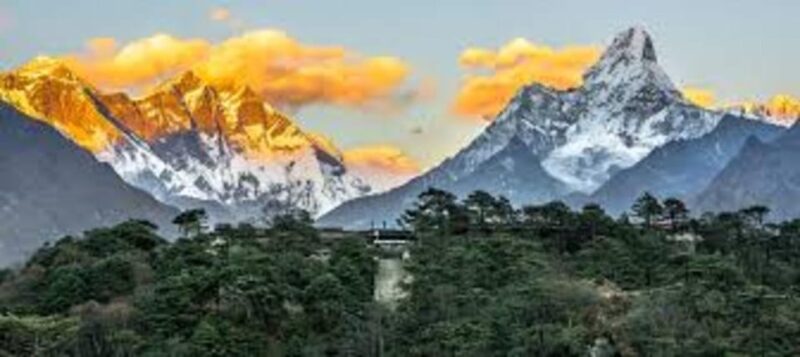
Typically, the Everest Panorama Trek package costs from $1,950.00 per person.
This includes 4 nights’ accommodation during the trekking portion, meals (only breakfast), ground transportation, and the flight ticket from Kathmandu to Lukla.
All permits and taxes are also covered. Travelers will have the services of a professional English-speaking guide and a porter (1 per 2 trekkers).
A first-aid kit carried by the guide is also provided. The package allows for free cancellation up to 24 hours in advance.
Plus, accommodation in Kathmandu is included in the price.
Preparation and Packing List
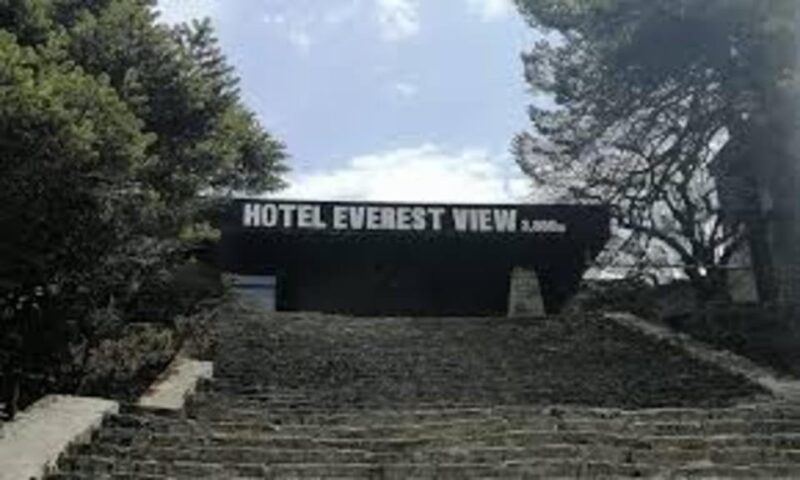
To prepare for the Everest Panorama Trek, hikers should ensure they’ve the essential items on hand.
These include a passport, comfortable shoes, sunglasses, sun hat, a change of clothes, towel, sandals, hiking shoes, sunscreen, jacket, rain gear, gloves, and breathable clothing.
Recommended gear includes trekking equipment, a reusable water bottle, a flashlight, personal medication, and quick-dry clothing.
Hikers should avoid packing weapons, intoxicating substances, and anything that could disrupt the group.
Flexibility is key, as the itinerary may change due to weather, health concerns, or natural disasters.
More Great Thing To Do NearbySafety and Important Information
Safety is a priority for the tour operator, as they may amend or even cancel the itinerary if there are any safety concerns.
Flexibility is required due to potential weather, health, or natural disaster issues. The best trekking seasons are January to May and September to December.
This trek isn’t suitable for:
- Wheelchair users
- Individuals prone to altitude sickness
- Babies under 1 year
- People over 95 years
The meeting point is Tribhuvan International Airport in Kathmandu, Nepal.
Safety is of utmost importance on this Everest Panorama Trek, and the tour operator prioritizes the well-being of all participants.
Arrival and Departure
The journey begins at Tribhuvan International Airport in Kathmandu, Nepal, where you will meet and commence their Everest Panorama Trek. After arrival, the group will take a scenic flight to Lukla, one of the world’s most dangerous airstrips. Upon landing, they will begin their trek, making their way to the quaint village of Phakding on the first day. At the end of the trek, the group will fly back to Kathmandu for their final departure.
| Arrival | Departure |
|---|---|
| Meet at Tribhuvan International Airport | Fly back to Kathmandu |
| Take scenic flight to Lukla | Final departure |
| Begin trek to Phakding | – |
| – | – |
| – | – |
Trekking Conditions and Terrain
The Everest Panorama Trek traverses diverse landscapes, from lush forests to high-altitude valleys and glaciers. The trek offers a variety of terrain, providing both challenges and breathtaking scenery for hikers.
Some key features include:
- Steep ascents and descents through wooded areas and Sherpa villages.
- Crossing suspension bridges over raging rivers and streams.
- Navigating rocky, uneven paths with occasional ice and snow in higher elevations.
- Panoramic views of the mighty Himalayan peaks, including the iconic Mount Everest.
Trekkers should be prepared for moderately strenuous hiking conditions and be equipped with proper gear to navigate the varied terrain and weather conditions throughout the journey.
Cultural Immersion and Exploration
One of the highlights of the Everest Panorama Trek is the opportunity to take in the rich cultural heritage of the Sherpa people. Along the route, trekkers will visit ancient Buddhist monasteries and engage with local Sherpa communities. This allows for a deeper understanding of their traditions, beliefs, and way of life.
| Experience | Explore | Engage |
|---|---|---|
| Sagarmatha National Park Visitor Center | Sherpa villages | Observe daily life |
| Tengboche Monastery | Chortens and Mani walls | Converse with locals |
| Khunde Hospital | Colorful prayer flags | Participate in cultural activities |
| Khumjung School | Yak herding practices | Learn about Tibetan Buddhism |
Frequently Asked Questions
Can I Bring Pets on the Trek?
No, pets are not allowed on the trek. The trek is not suitable for bringing animals due to the remote and challenging hiking conditions, as well as park regulations.
What Types of Facilities Are Available During the Trek?
Limited facilities are available during the trek. Accommodation is in teahouses and lodges with basic amenities. Meals are provided, but options may be limited. Bathroom facilities are shared and primitive. Trekkers should be prepared for basic conditions.
Is There a Minimum Age Requirement for Participants?
There’s no minimum age requirement, but the trek isn’t suitable for babies under 1 year old. The organizers recommend it for individuals aged 18-95 who are in good physical condition and can handle high altitudes.
Can I Purchase Trekking Gear Locally in Nepal?
Yes, trekkers can purchase trekking gear locally in Nepal. There are numerous outdoor gear shops in Kathmandu and Lukla offering a wide range of high-quality equipment at reasonable prices, making it convenient for travelers to get what they need on-site.
How Challenging Is the Trekking Difficulty Level?
The trekking difficulty level is moderate, suitable for fit hikers with some previous experience. It’s not as challenging as the Everest Base Camp trek, but still requires a good level of endurance and preparation.
Recap
The Everest Panorama Trek offers an unforgettable adventure, showcasing the captivating landscapes and rich Sherpa culture of the Himalayas. With its moderate difficulty, scenic flight, and professional guides, this trek provides an excellent alternative for those seeking a less strenuous yet rewarding experience in the shadow of the world’s highest peak. Whether you’re a seasoned hiker or a first-time trekker, the Everest Panorama Trek promises an unforgettable journey into the heart of Nepal’s majestic mountains.
You can check if your dates are available here:More Hiking & Trekking Tours in Namche Bazar
More Tour Reviews in Namche Bazar
Not for you? Here's more things to do in Namche Bazar we have recnetly reviewed
- 4 Best Tours In Namche Bazar
- 6 Best Helicopter Flights And Tours In Namche Bazar
- 8 Best Hiking And Trekking Tours In Namche Bazar
- Mt.Phari Lapcha Peak Climbing
- Mt.Kyazo Ri Peak Climbing
- Everest Base Camp Tour
- Everest Base Camp Trek 12 Days
- Everest Base Camp Trek With Helicopter Return
- Lobuche East Climbing
- Mt.ABI
- Ride Horse to Everest Base Camp
- Everest Three High Passes Trek: 17-Day Guided 3 Passes Trek
